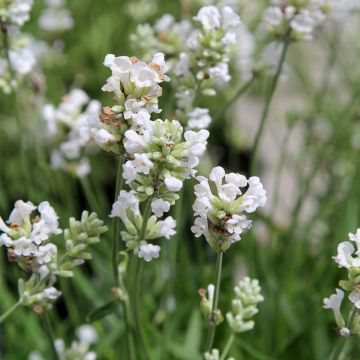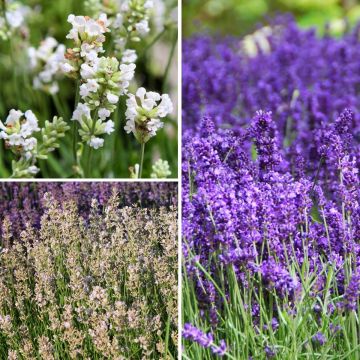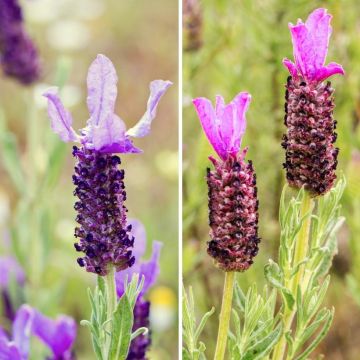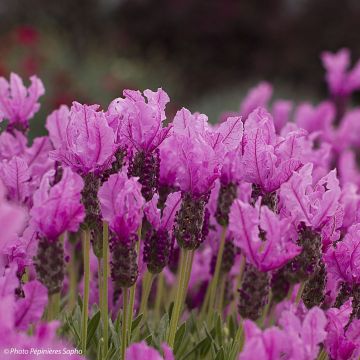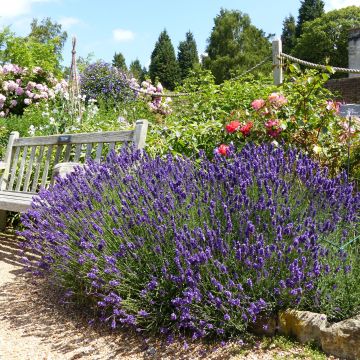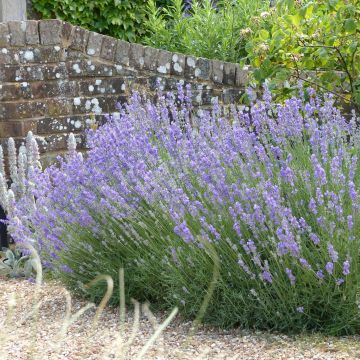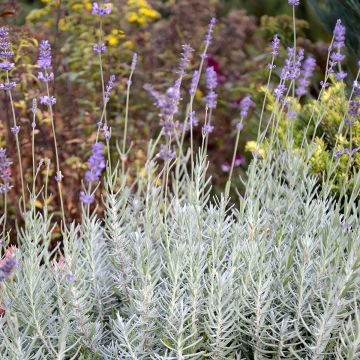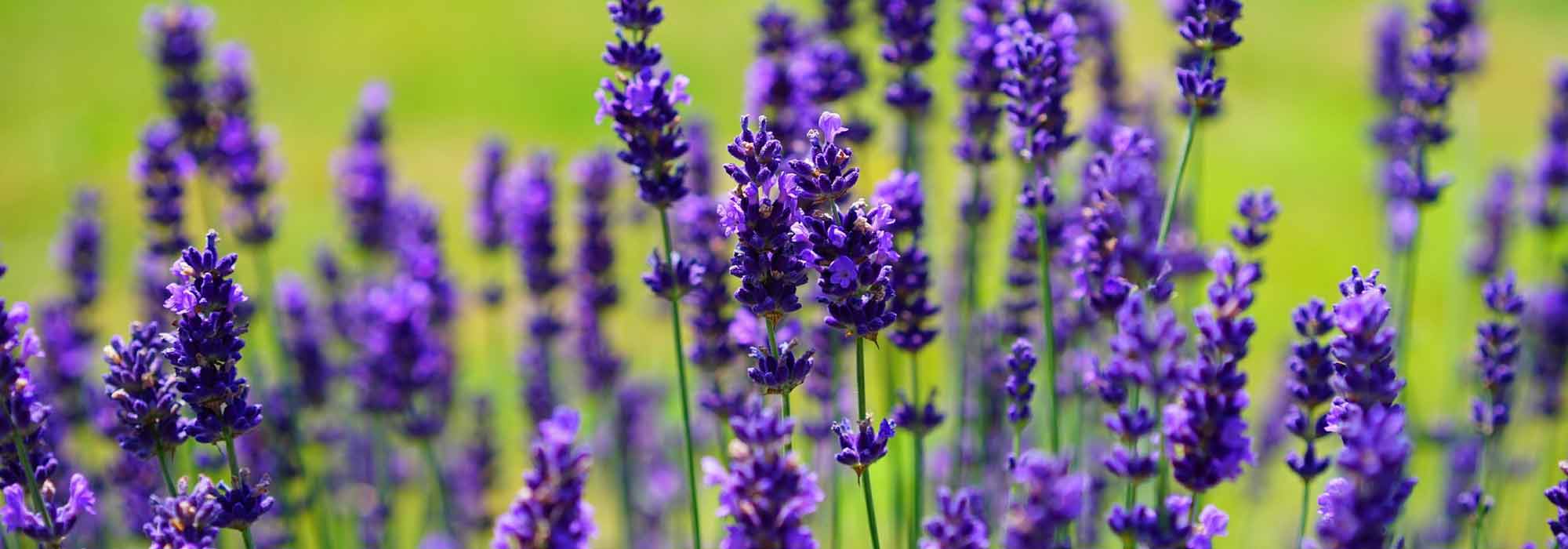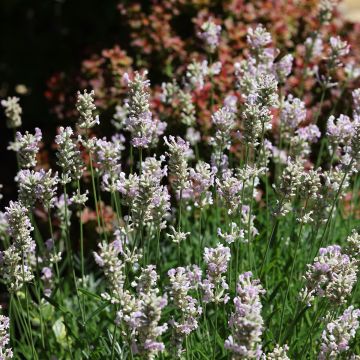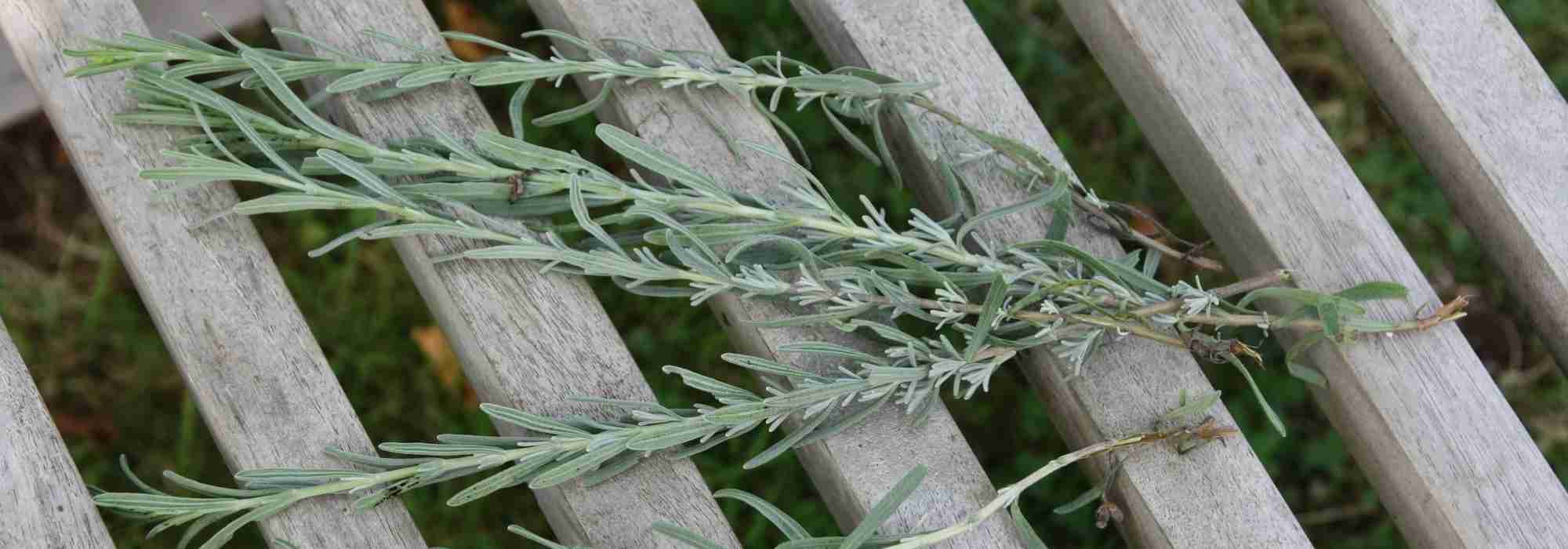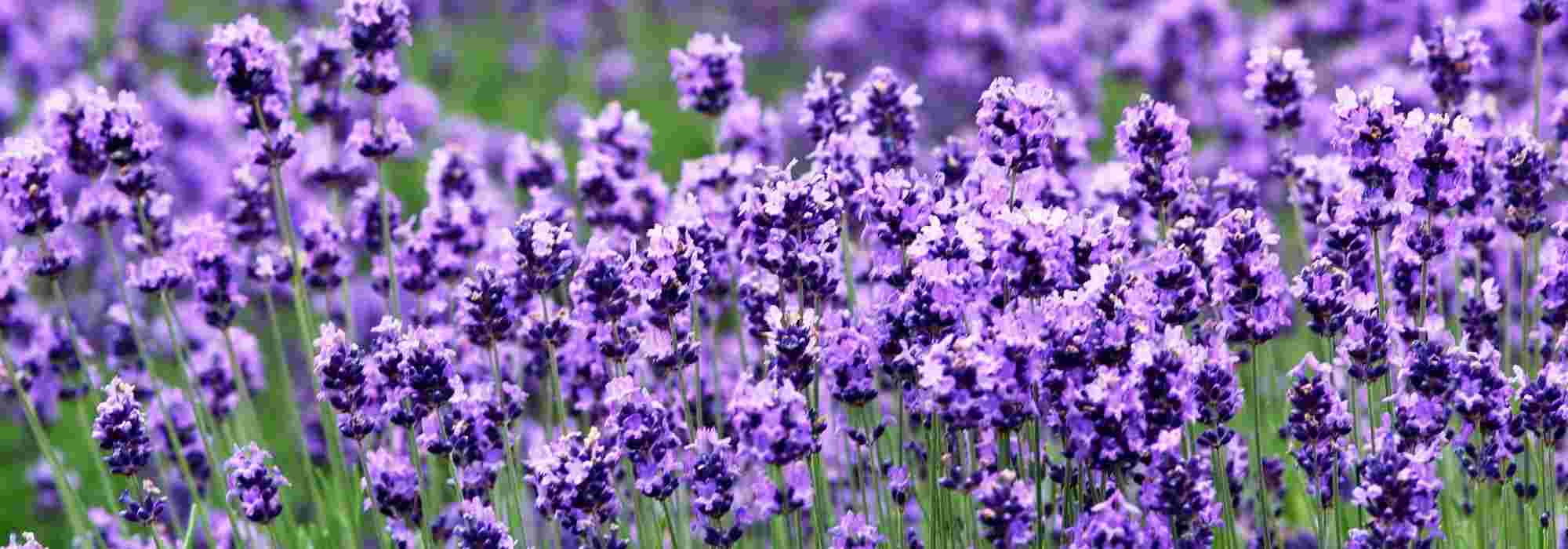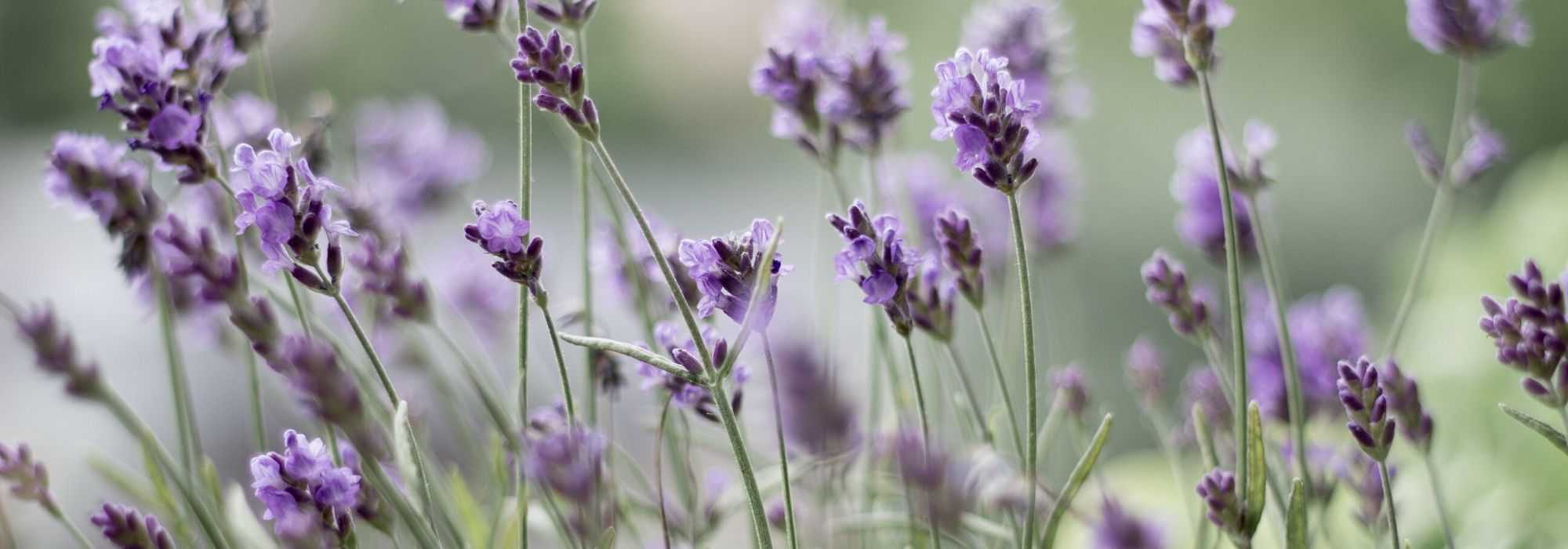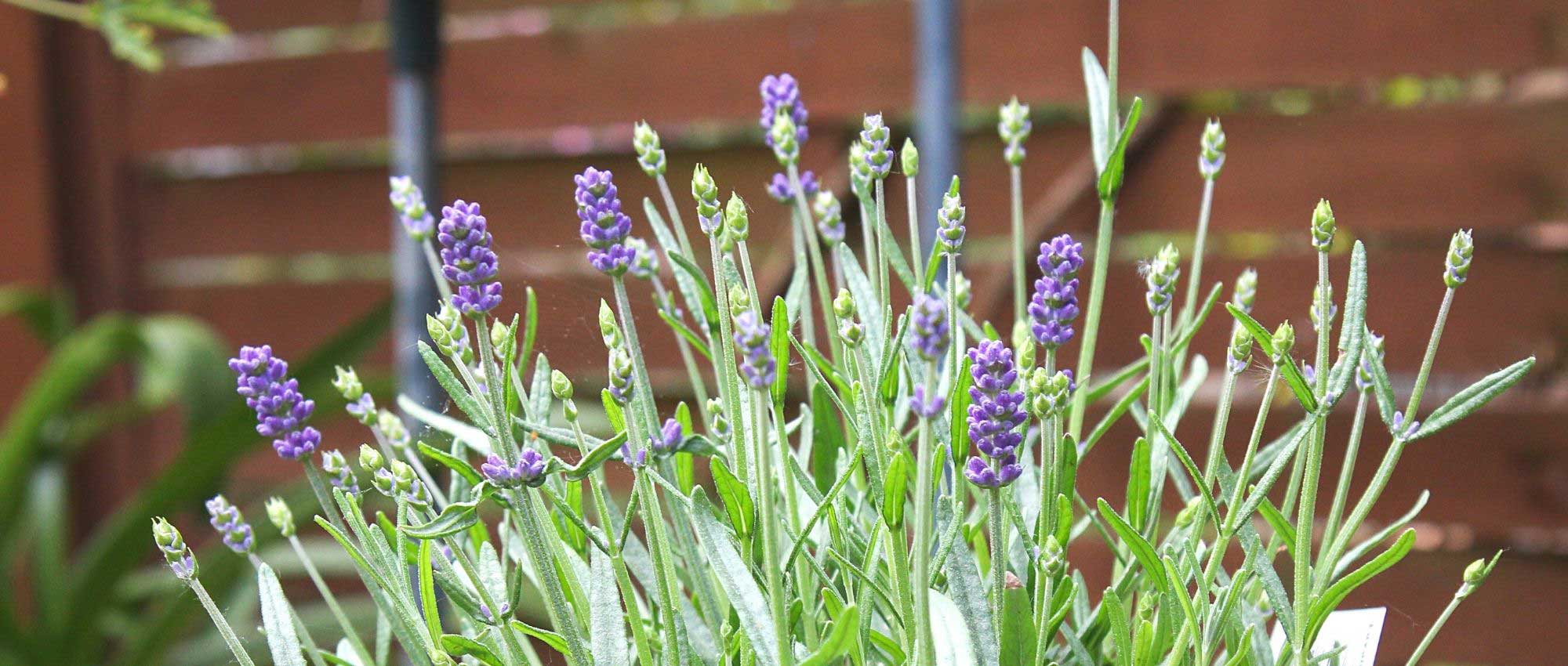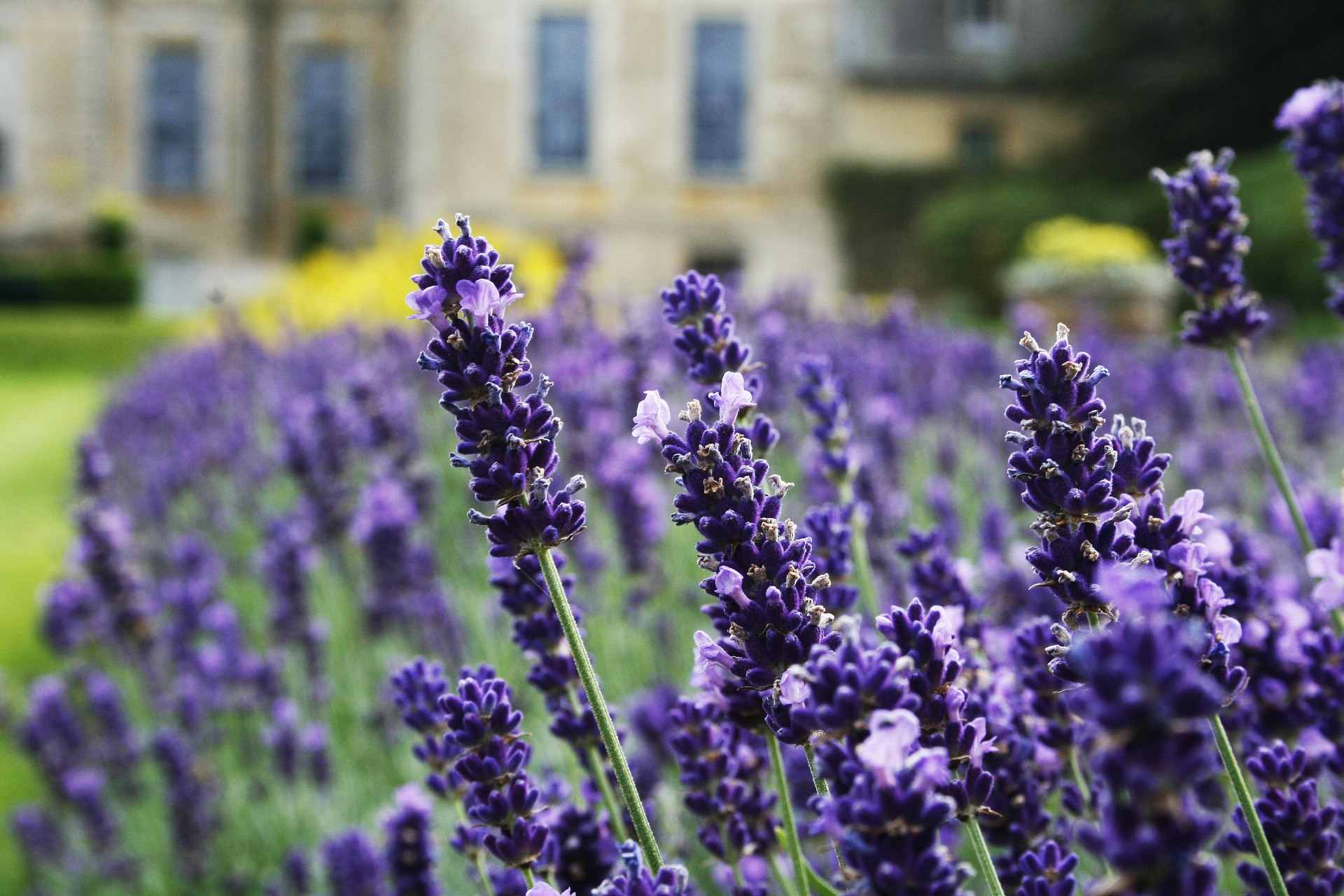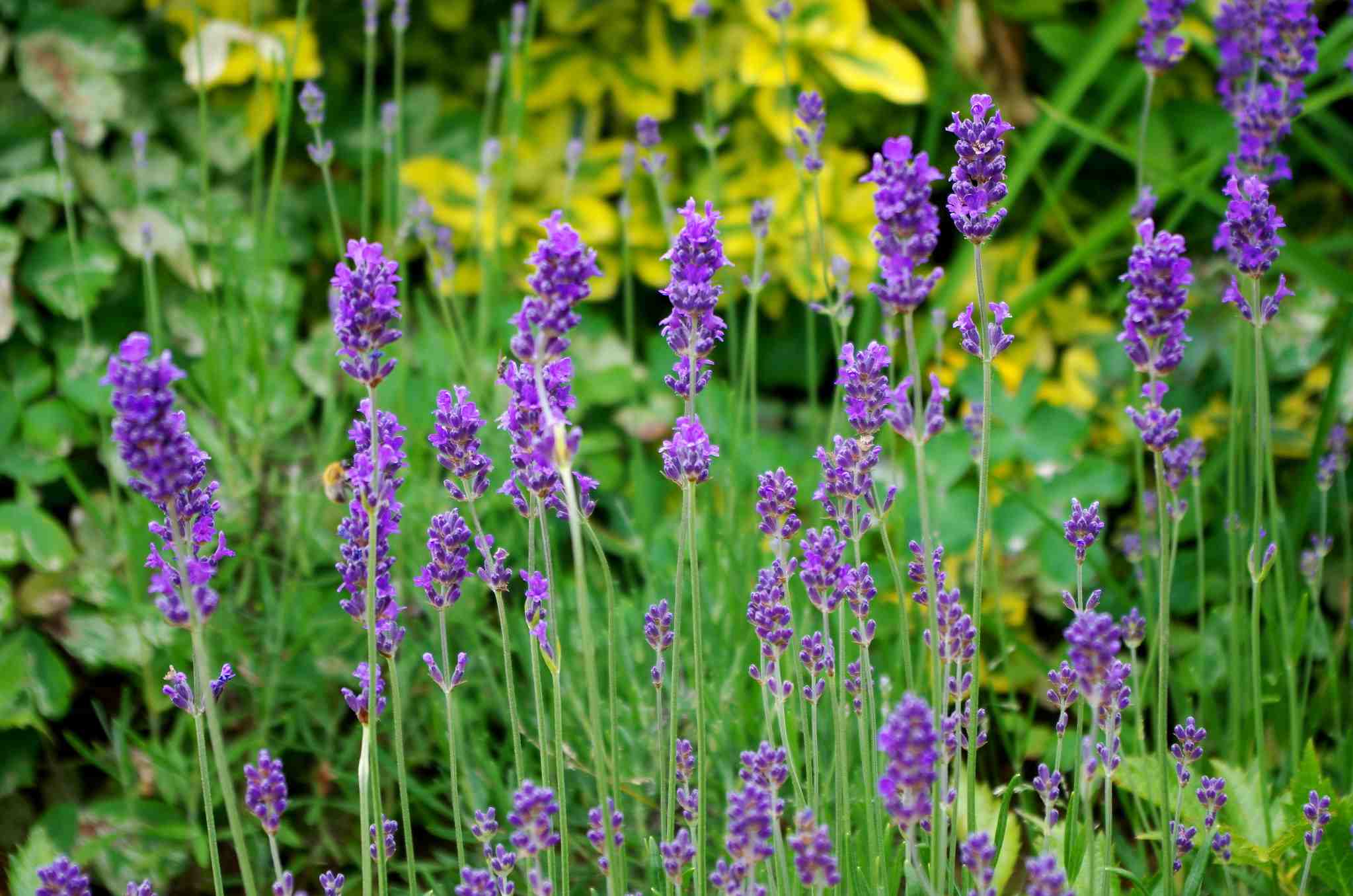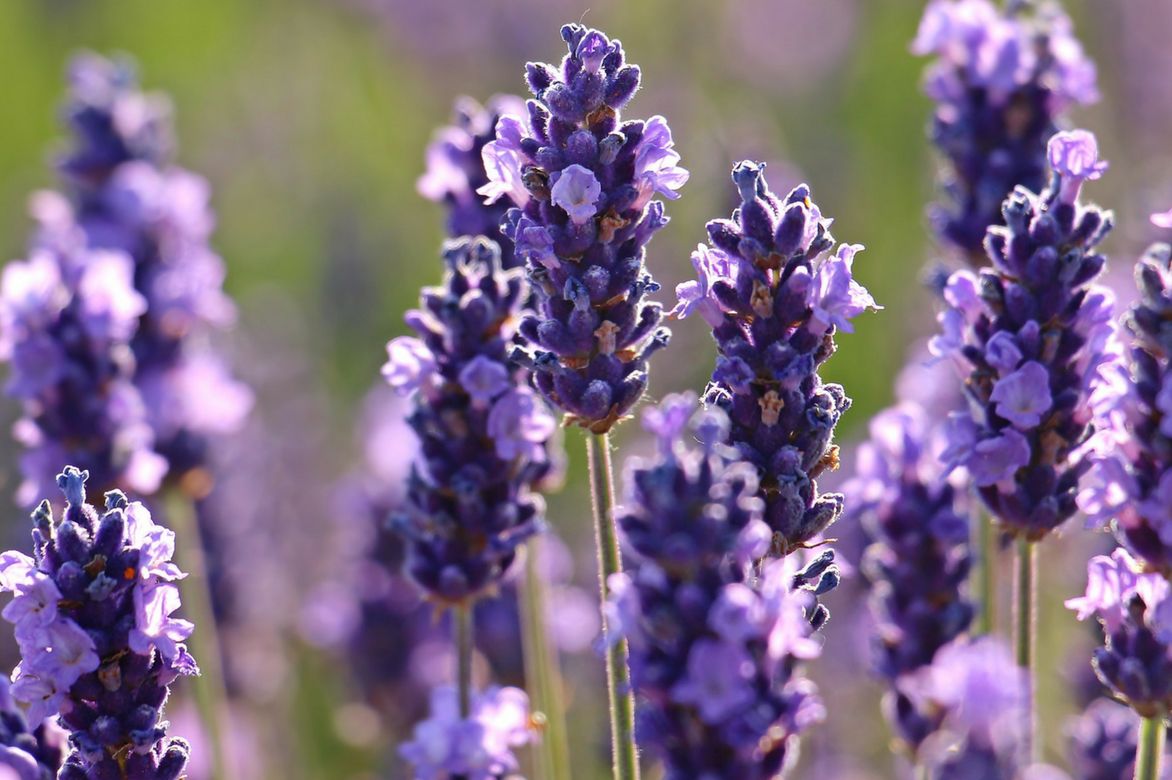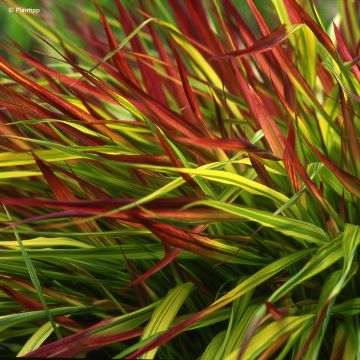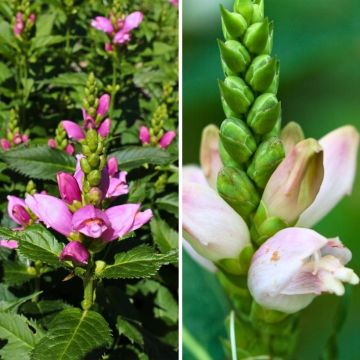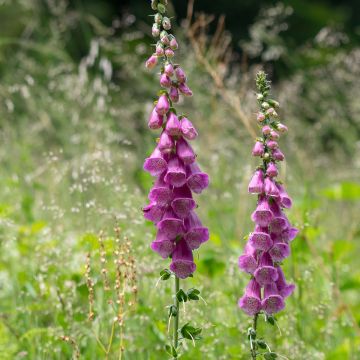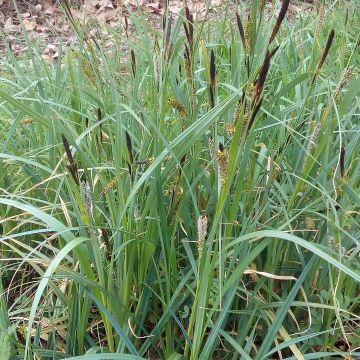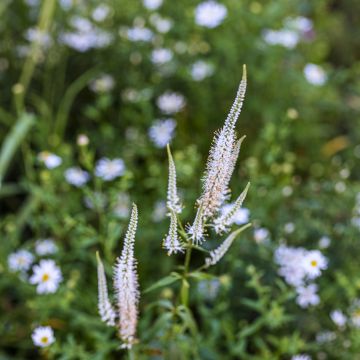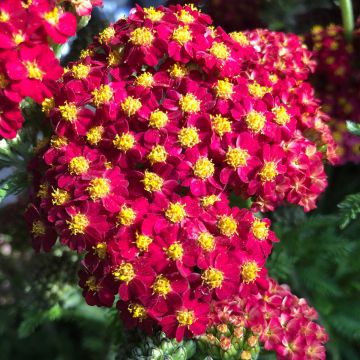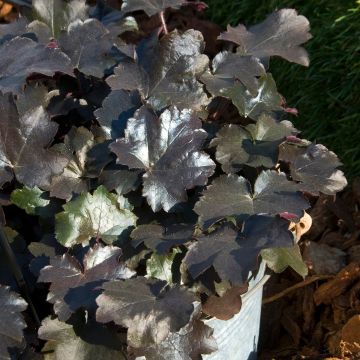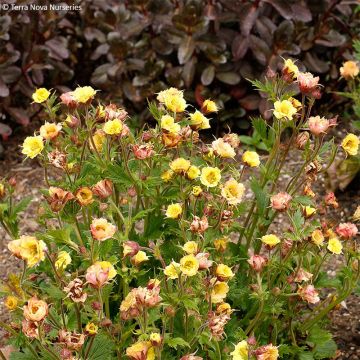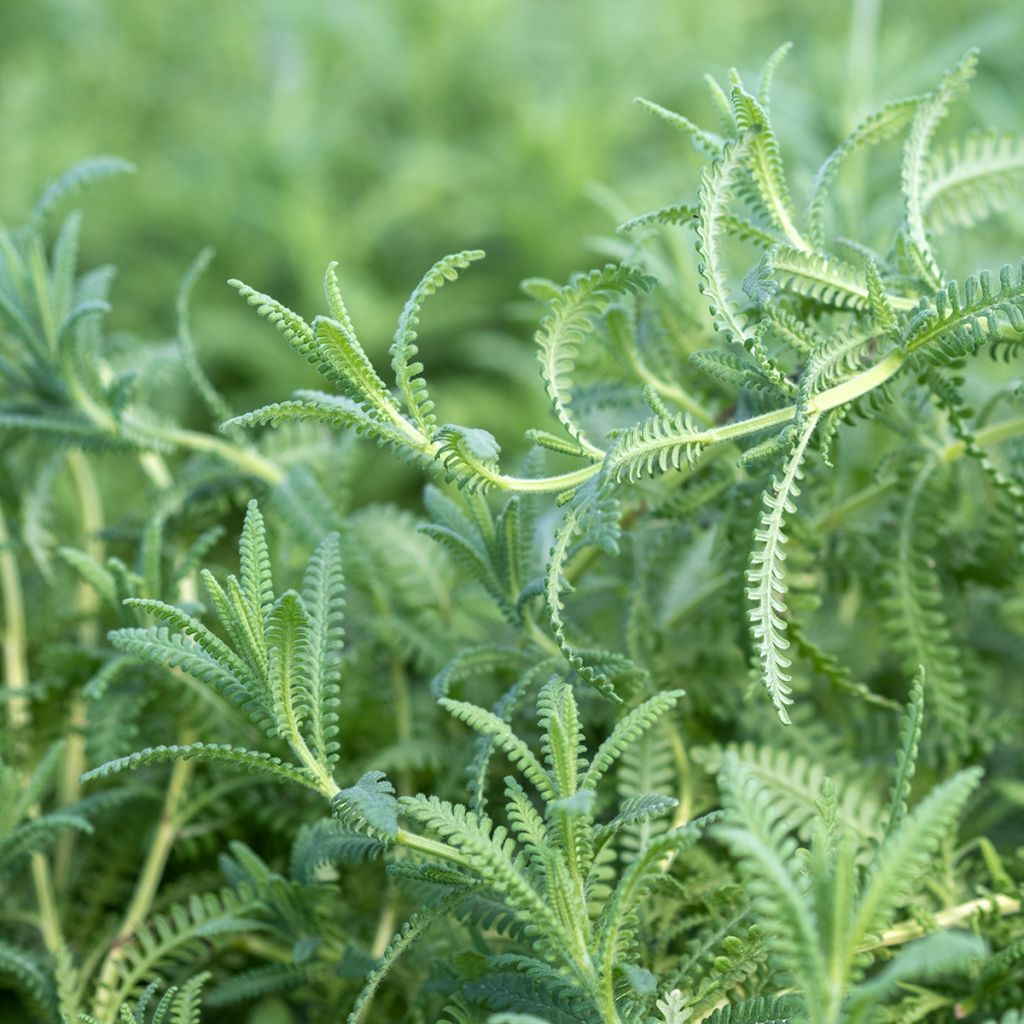

Lavandula dentata - Lavender


Lavandula dentata - Lavender


Lavandula dentata - Lavender
Lavandula dentata - Lavender
Lavandula dentata
French Lavender, Sweet-Scented Lavender
Special offer!
Receive a €20 voucher for any order over €90 (excluding delivery costs, credit notes, and plastic-free options)!
1- Add your favorite plants to your cart.
2- Once you have reached €90, confirm your order (you can even choose the delivery date!).
3- As soon as your order is shipped, you will receive an email containing your voucher code, valid for 3 months (90 days).
Your voucher is unique and can only be used once, for any order with a minimum value of €20, excluding delivery costs.
Can be combined with other current offers, non-divisible and non-refundable.
Why not try an alternative variety in stock?
View all →This plant carries a 12 months recovery warranty
More information
We guarantee the quality of our plants for a full growing cycle, and will replace at our expense any plant that fails to recover under normal climatic and planting conditions.
Would this plant suit my garden?
Set up your Plantfit profile →
Description
Lavandula dentata, is called English lavender in France, and 'French Lavender' in England, but is actually native to Spain and Morocco. This large lavender forms a beautiful rounded mass, with leaves that are toothed along the edges and remarkably aromatic. In mild climates, the plant can flower from July to October, producing dense spikes composed of small light blue flowers topped with decorative mauve bracts. Incredibly decorative, even in winter, this lavender deserves to be planted in full sun, in a very sheltered spot, protected by a wall for example. Not very hardy, it will withstand frost better if the soil it is planted in is perfectly well-drained and dry in winter.
Lavandula dentata is a shrub with woody stems in the family Lamiaceae, related to sage, thyme, mint, and rosemary. Native to the Iberian Peninsula and Morocco, it is a plant typical of Mediterranean climates, very dry in summer, and even in winter. Its natural habitat consists of low hills, and it thrives in limestone, poor, and very well-drained soils, including sandy and rocky soil. It is a remarkably aromatic lavender, but its cultivation is quite delicate: it perishes below -5/-6°C (23/21.2°F) and does not appreciate soils that are both wet and warm in summer, or too wet in winter. It can be grown in a pot, with careful watering which should be spaced out in summer to allow the substrate to dry between waterings, and reduced in winter.
Lavandula dentata forms a small rounded and bushy shrub, composed of leafy stems with quadrangular cross-sections. At maturity, it will reach between 60 and 80 cm (24 and 32in) in all directions, sometimes more. Its foliage undergoes marked seasonal dimorphism: during the rainy season, from autumn to spring, it consists of large almond-green leaves. With the arrival of summer, heat and drought, this foliage is replaced by much smaller, woolly-looking grey leaves, tightly arranged vertically along the branches. Each elongated leaf is bordered by a multitude of small teeth. The flowering is renewed as long as it is neither too cold nor too dry. In areas with borderline hardiness, the main flowering occurs in spring, from March to June-July, with a small resurgence in October. At the top of the leafy stems, small spikes of blue flowers bloom, crowned with a tuft of violet bracts. This flowering is highly visited by pollinating insects.
With its significant growth, unique foliage, fragrance, and generous flowering, this lavender is one of the most beautiful in its genus. It has its rightful place in a Mediterranean style garden, which is not too cold and or too wet, alongside rockroses, rosemary, teucriums, and other shrubs of these dry areas. It can also be associated with grasses such as Stipa pennata or Stipa tenuifolia, which, with their tousled appearance, will contrast with its rounded shape and create a harmonious association, sometimes found in nature. It also works wonders among evening primroses, perennial flax, asphodels, euphorbias, or dark shrubs like dwarf conifers. It pairs particularly well with a small bindweed called Convolvulus althaeoides. It is also possible to mix several varieties of lavender together, creating an elegant display with a variety of flower and foliage colours, as well as different plant sizes.
Properties: Lavandula dentata is a very nectar-rich plant, it contributes to the conservation of bees: the nectar from its flowers attracts bees, making some of the best honey. The plant can be distilled to obtain highly sought-after essential oil for perfume and aromatherapy. Lavandula angustifolia is a medicinal plant. Its numerous therapeutic properties are still widely used: its essential oil has antiseptic, antispasmodic, healing, cleansing, diuretic, and other properties.
Lavandula dentata - Lavender in pictures


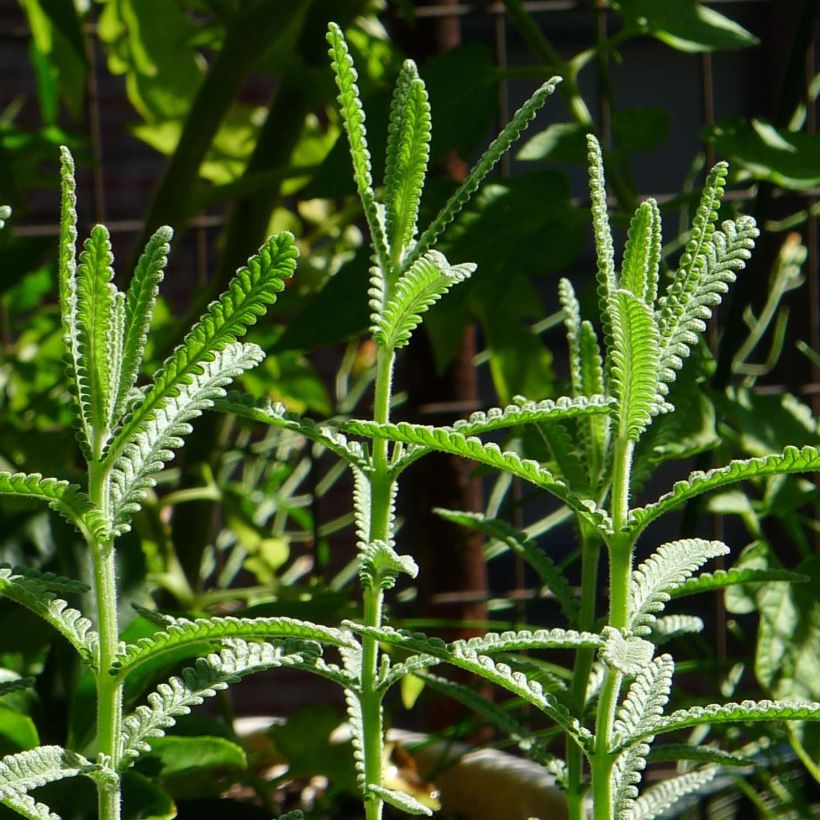

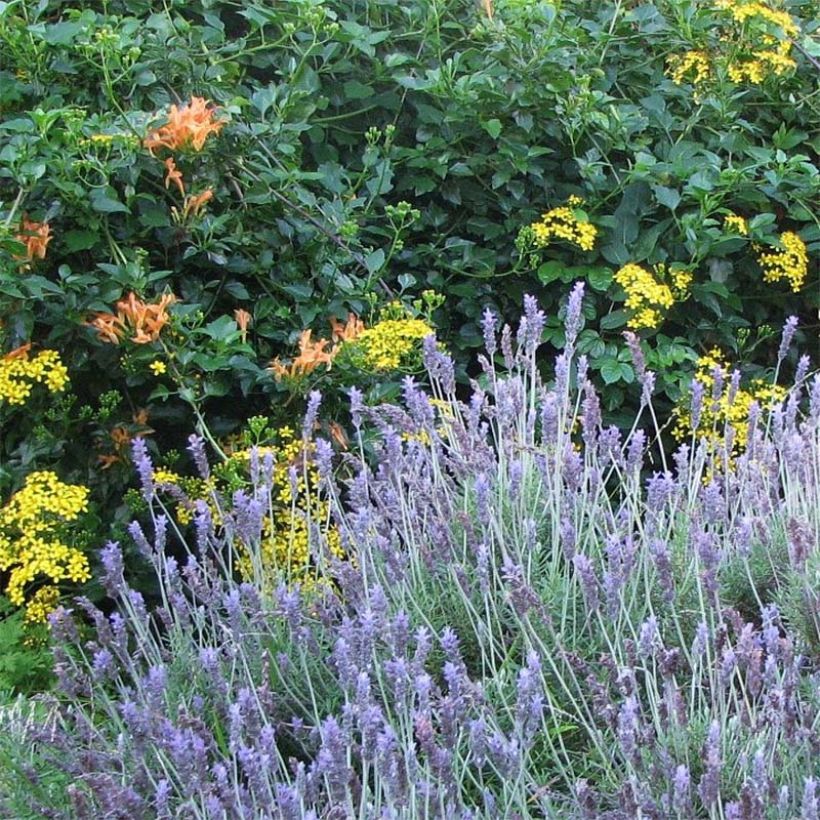

Flowering
Foliage
Plant habit
Botanical data
Lavandula
dentata
Lamiaceae
French Lavender, Sweet-Scented Lavender
Mediterranean
Other Lavendula - Lavender
View all →Planting and care
Lavandula dentata is not the easiest to grow, as it is not very hardy and will perish below -6°C (21.2°F), even if planted in a well-draining soil. In nature, lavenders always live in poor, rocky, dry, and perfectly drained environments. These plants dislike water in summer, which makes them sick and causes them to disappear, as they are very sensitive to fungal diseases triggered by the combination of heat and wetness. In winter, they need perfect drainage, and in summer, they need to be kept dry. Lavandula dentata will perform better in poor, sandy or rocky soil, as its growth will be slower and it will be less prone to thinning from the base. To limit this phenomenon, pruning should be carried out from a young age, after flowering or in autumn, just above the first buds that can be seen on the wood. Lavenders never regrow on old wood. The clump will thus branch out more and more, remaining compact and eventually forming beautiful round and dense cushions. At planting, provide them with what they like: gravel, rocks, coarse sand, but absolutely no compost or fertiliser.
Pot cultivation is possible, in a mixture of soil, sand, compost, and rocks, as long as watering is perfectly controlled: it should be spaced out in summer to allow the substrate to dry between waterings and reduced in winter. This cultivation method also allows for plants to be protected from heavy frosts by moving them to a very bright, but unheated, location.
.
Planting period
Intended location
Care
Planting & care advice
This item has not been reviewed yet - be the first to leave a review about it.
Similar products
Haven't found what you were looking for?
Hardiness is the lowest winter temperature a plant can endure without suffering serious damage or even dying. However, hardiness is affected by location (a sheltered area, such as a patio), protection (winter cover) and soil type (hardiness is improved by well-drained soil).

Photo Sharing Terms & Conditions
In order to encourage gardeners to interact and share their experiences, Promesse de fleurs offers various media enabling content to be uploaded onto its Site - in particular via the ‘Photo sharing’ module.
The User agrees to refrain from:
- Posting any content that is illegal, prejudicial, insulting, racist, inciteful to hatred, revisionist, contrary to public decency, that infringes on privacy or on the privacy rights of third parties, in particular the publicity rights of persons and goods, intellectual property rights, or the right to privacy.
- Submitting content on behalf of a third party;
- Impersonate the identity of a third party and/or publish any personal information about a third party;
In general, the User undertakes to refrain from any unethical behaviour.
All Content (in particular text, comments, files, images, photos, videos, creative works, etc.), which may be subject to property or intellectual property rights, image or other private rights, shall remain the property of the User, subject to the limited rights granted by the terms of the licence granted by Promesse de fleurs as stated below. Users are at liberty to publish or not to publish such Content on the Site, notably via the ‘Photo Sharing’ facility, and accept that this Content shall be made public and freely accessible, notably on the Internet.
Users further acknowledge, undertake to have ,and guarantee that they hold all necessary rights and permissions to publish such material on the Site, in particular with regard to the legislation in force pertaining to any privacy, property, intellectual property, image, or contractual rights, or rights of any other nature. By publishing such Content on the Site, Users acknowledge accepting full liability as publishers of the Content within the meaning of the law, and grant Promesse de fleurs, free of charge, an inclusive, worldwide licence for the said Content for the entire duration of its publication, including all reproduction, representation, up/downloading, displaying, performing, transmission, and storage rights.
Users also grant permission for their name to be linked to the Content and accept that this link may not always be made available.
By engaging in posting material, Users consent to their Content becoming automatically accessible on the Internet, in particular on other sites and/or blogs and/or web pages of the Promesse de fleurs site, including in particular social pages and the Promesse de fleurs catalogue.
Users may secure the removal of entrusted content free of charge by issuing a simple request via our contact form.
The flowering period indicated on our website applies to countries and regions located in USDA zone 8 (France, the United Kingdom, Ireland, the Netherlands, etc.)
It will vary according to where you live:
- In zones 9 to 10 (Italy, Spain, Greece, etc.), flowering will occur about 2 to 4 weeks earlier.
- In zones 6 to 7 (Germany, Poland, Slovenia, and lower mountainous regions), flowering will be delayed by 2 to 3 weeks.
- In zone 5 (Central Europe, Scandinavia), blooming will be delayed by 3 to 5 weeks.
In temperate climates, pruning of spring-flowering shrubs (forsythia, spireas, etc.) should be done just after flowering.
Pruning of summer-flowering shrubs (Indian Lilac, Perovskia, etc.) can be done in winter or spring.
In cold regions as well as with frost-sensitive plants, avoid pruning too early when severe frosts may still occur.
The planting period indicated on our website applies to countries and regions located in USDA zone 8 (France, United Kingdom, Ireland, Netherlands).
It will vary according to where you live:
- In Mediterranean zones (Marseille, Madrid, Milan, etc.), autumn and winter are the best planting periods.
- In continental zones (Strasbourg, Munich, Vienna, etc.), delay planting by 2 to 3 weeks in spring and bring it forward by 2 to 4 weeks in autumn.
- In mountainous regions (the Alps, Pyrenees, Carpathians, etc.), it is best to plant in late spring (May-June) or late summer (August-September).
The harvesting period indicated on our website applies to countries and regions in USDA zone 8 (France, England, Ireland, the Netherlands).
In colder areas (Scandinavia, Poland, Austria...) fruit and vegetable harvests are likely to be delayed by 3-4 weeks.
In warmer areas (Italy, Spain, Greece, etc.), harvesting will probably take place earlier, depending on weather conditions.
The sowing periods indicated on our website apply to countries and regions within USDA Zone 8 (France, UK, Ireland, Netherlands).
In colder areas (Scandinavia, Poland, Austria...), delay any outdoor sowing by 3-4 weeks, or sow under glass.
In warmer climes (Italy, Spain, Greece, etc.), bring outdoor sowing forward by a few weeks.































